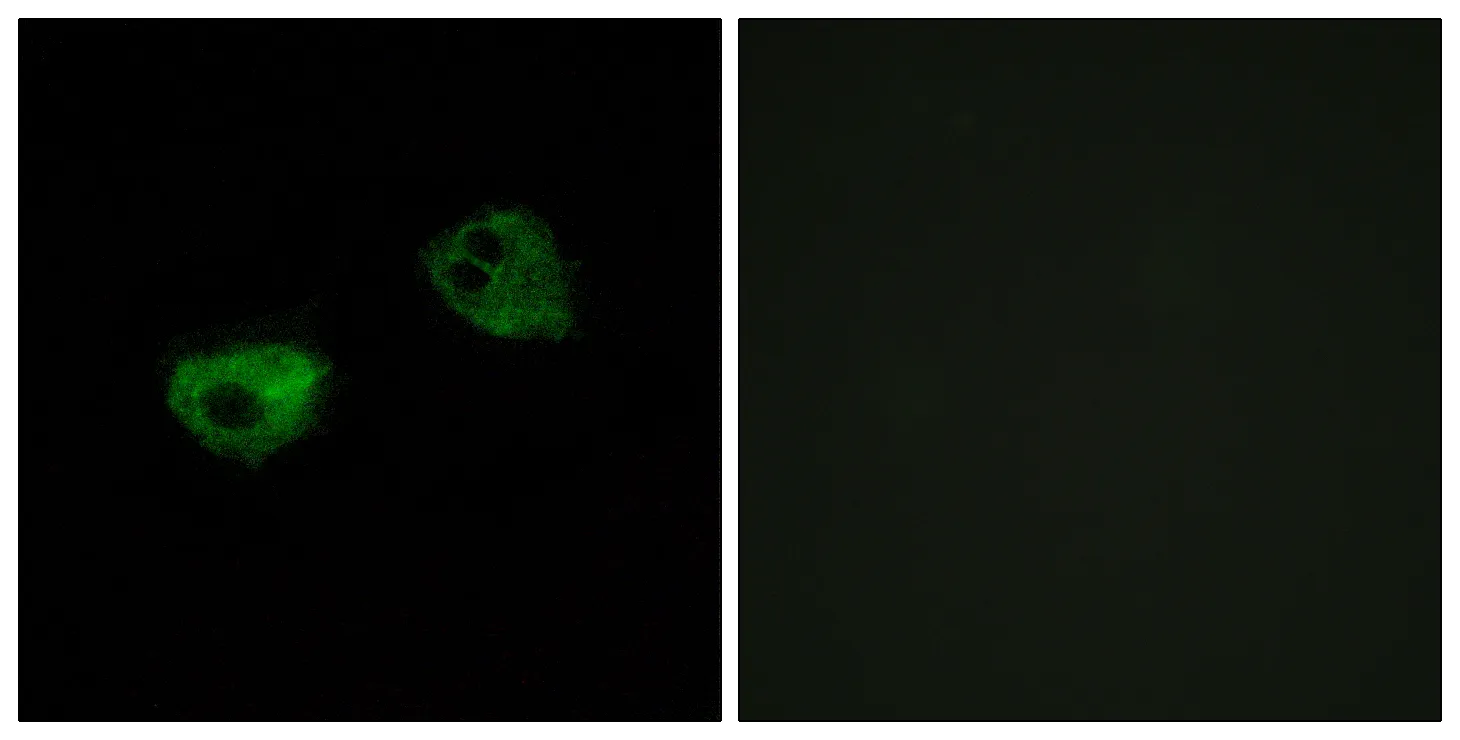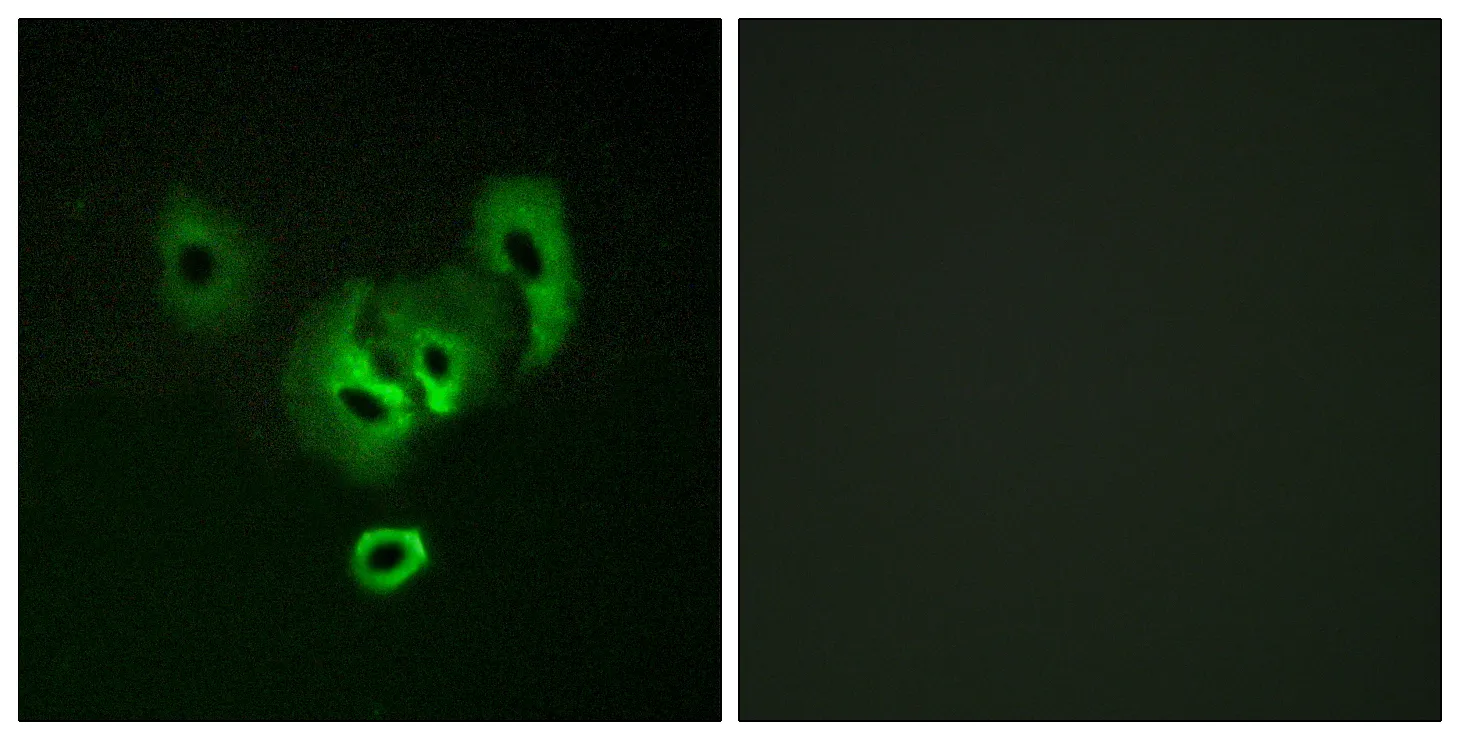Summary
Performance
Immunogen
Application
Background
The protein encoded by this gene is one of several isozymes of carbonic anhydrase, which catalyzes reversible hydration of carbon dioxide. Defects in this enzyme are associated with osteopetrosis and renal tubular acidosis. Two transcript variants encoding different isoforms have been found for this gene. [provided by RefSeq, Jun 2014],catalytic activity:H(2)CO(3) = CO(2) + H(2)O.,cofactor:Zinc.,disease:Defects in CA2 are the cause of autosomal recessive osteopetrosis type 3 (OPTB3) [MIM:259730]; also known as osteopetrosis with renal tubular acidosis, carbonic anhydrase II deficiency syndrome, Guibaud-Vainsel syndrome or marble brain disease. Osteopetrosis is a rare genetic disease characterized by abnormally dense bone, due to defective resorption of immature bone. The disorder occurs in two forms: a severe autosomal recessive form occurring in utero, infancy, or childhood, and a benign autosomal dominant form occurring in adolescence or adulthood. Autosomal recessive osteopetrosis is usually associated with normal or elevated amount of non-functional osteoclasts. OPTB3 is associated with renal tubular acidosis, cerebral calcification (marble brain disease) and in some cases with mental retardation.,function:Essential for bone resorption and osteoclast differentiation (By similarity). Reversible hydration of carbon dioxide.,similarity:Belongs to the alpha-carbonic anhydrase family.,subunit:Interacts with SLC4A4. Interaction with SLC4A7 regulates SLC4A7 transporter activity.,
Research Area
Nitrogen metabolism;




